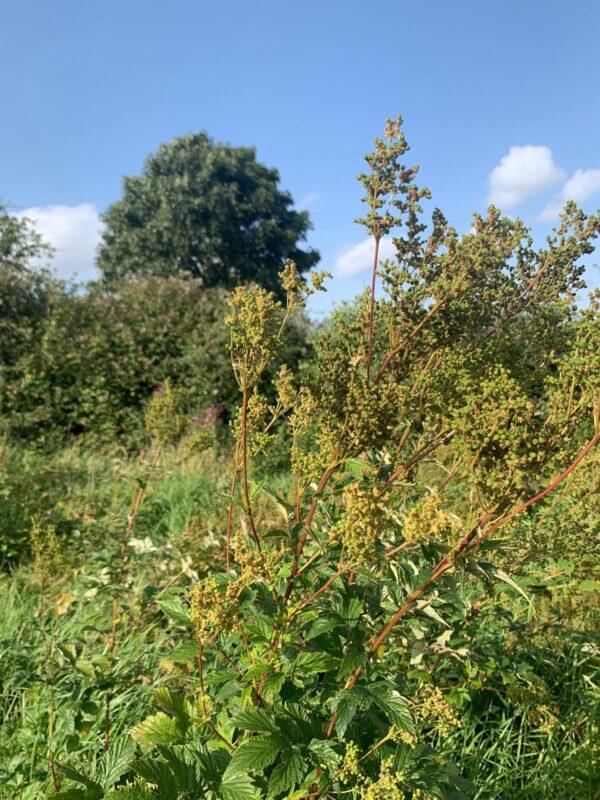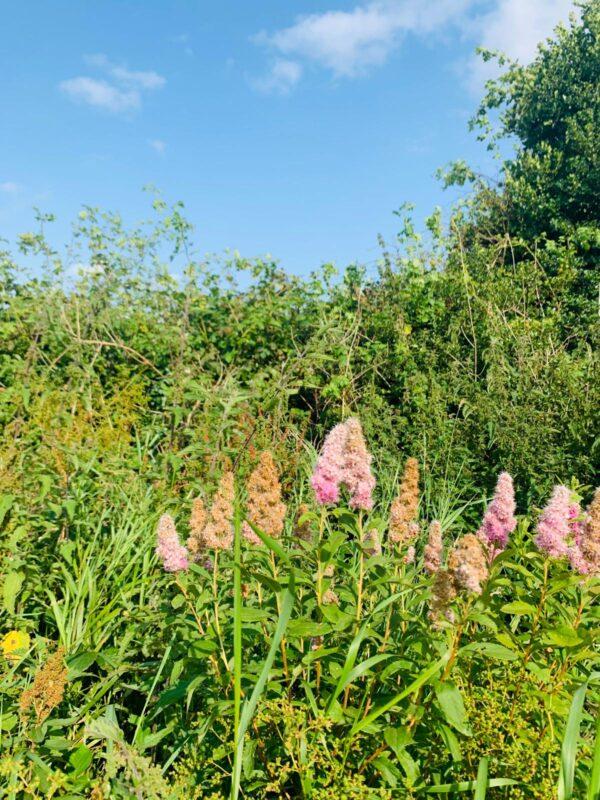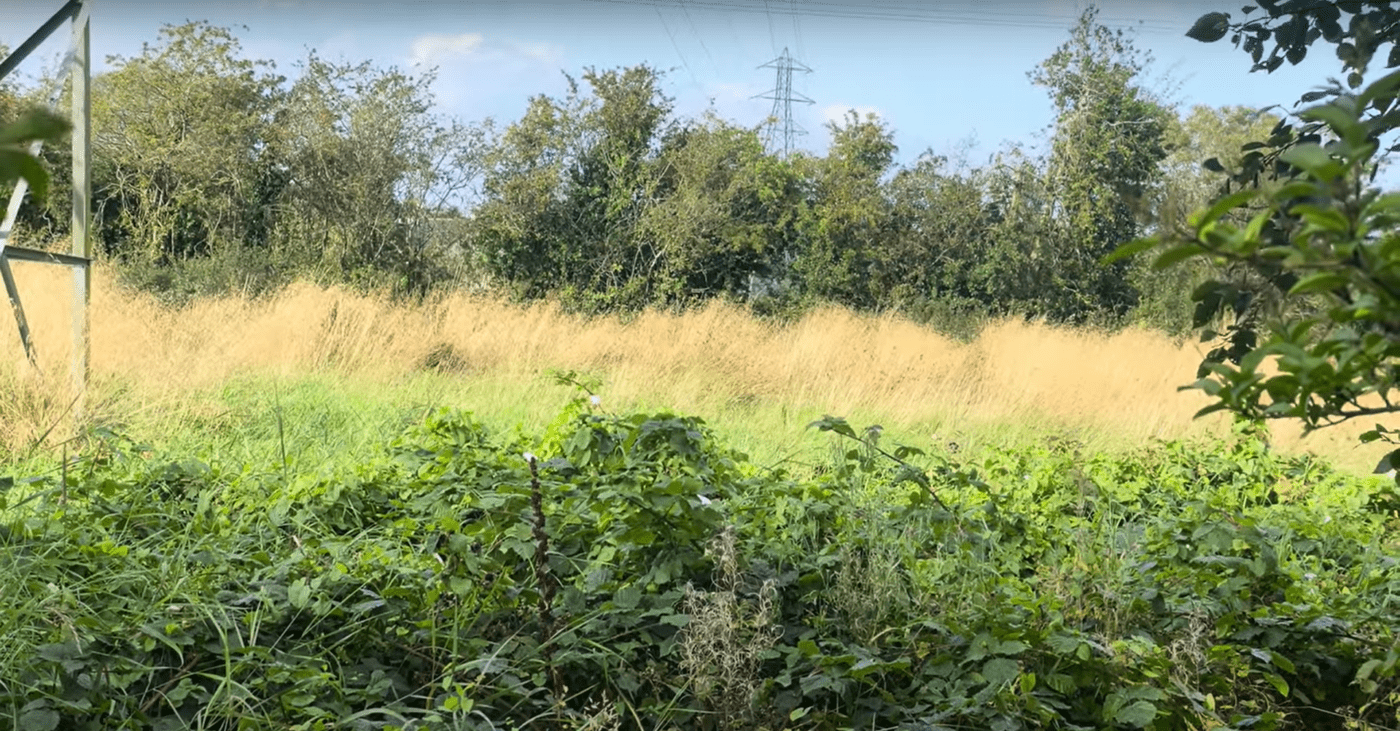…and why it is important
The Hawthorn Hedgerow is Crucial to Our Environment
The central Hawthorn hedgerow at Quarterlands is more than just a line of trees and shrubs; it is a living, breathing ecosystem with deep-rooted significance that stretches far beyond its physical presence. This hedgerow, which is over 165 years old, represents a vital connection between our past and the future of our local biodiversity, and its preservation is essential.


The Scoring System: Missing the Mark
A recent environmental assessment report by AECOM downplayed the ecological value of this hedgerow, ignoring key information from the Hedgerow Appraisal System (HAS). The HAS report rightfully classifies it as a Heritage Hedgerow due to its significant score of 4 under landscape value. This rating highlights its crucial role, yet the scoring system used in AECOM’s report failed to give it the priority it deserves. How can a hedge that’s been standing for over a century, providing invaluable ecosystem services, be reduced to a low score?
Historical Significance and Habitat Value
Relying on outdated and potentially inaccurate historical mapping, the AECOM report glosses over the hedge’s rich history. Verified historical records from PRONI would show that this hedgerow has stood for centuries, marking boundaries and enriching the local environment. Both the central hedgerow and the surrounding scrub grassland have been recognized as Priority and Protected Habitats—their destruction would be nothing short of a tragedy for local wildlife and biodiversity.
The hedgerow isn’t just a collection of plants. It supports a vast underground network of roots and mycelium, critical for nutrient cycling, carbon absorption, and water management in these wetlands. These subterranean systems have been developing undisturbed for 165 years, forming an intricate web that supports not only the visible plants and animals above but also a hidden world of microorganisms vital to the ecosystem. No assessment was made of this below-ground habitat—an oversight that further weakens the AECOM report’s conclusions.
The Wildlife Corridor: A Vital Lifeline
Hedgerows serve as wildlife corridors, providing shelter, food, and pathways for countless species including hedgehogs, bats, barn owls, badgers, and songbirds. This hedgerow is not just a boundary; it’s a home and transit route for wildlife. Yet, developers plan to fence off over three-quarters of the site, using 6ft high wooden barriers. How will wildlife traverse these artificial barricades? The hedgerow’s destruction will create an ecological dead zone, severing connectivity between vital habitats.
Disruption to Ecological Balance
The time gap between the removal of the central hedgerow and the supposed “buffer zone” plantings reaching maturity is another critical issue. During this period, the biodiversity that depends on the hedgerow will face certain destruction. What good is a buffer zone if the essential ecosystems it’s meant to protect are wiped out before the new plants can take root? No amount of replanting can replace what has developed naturally over 165 years.
A Heritage Hedgerow Worth Protecting
The AECOM report contradicts itself in its evaluation of the central hedgerow. It acknowledges the hedgerow as having a “high proportion of species typical of nutrient-rich conditions” yet describes it as in “poor condition.” This superficial judgment ignores the thriving underground networks and the immense environmental value that comes from decades of uninterrupted growth.
The HAS Report, which gave this hedgerow a score of 4 for its landscape significance, underscores the need for it to be considered a High Priority for Retention. And yet, the report’s recommendations are being overlooked in favor of short-term development gains.
What Happens Next?
DAERA’s guidance defines hedgerows as crucial habitats, particularly when they consist predominantly of native UK species, as this one does. They provide essential foraging, protection, and connectivity to the wider environment. This 165-year-old hedgerow, nestled between two semi-improved fields, offers both below-ground and above-ground ecosystem services that cannot be replicated.
The question we must ask is: How can a hedgerow that scored highly in the landscape assessment and was deemed a Heritage Hedgerow still be at risk? The answer lies in flawed scoring systems and a lack of consideration for the irreplaceable nature of such ecosystems.
If allowed to proceed, this development will sever a critical wildlife corridor and destroy habitats that have evolved naturally over centuries. While developers promise retention of some hedgerows, they fail to acknowledge the significant gap between habitat removal and any meaningful regeneration. Wildlife that depends on the hedge will have nowhere to go, and by the time new plantings mature, it will be too late.
The Importance of Preservation
In the absence of strong intervention from the planning authorities, these precious hedgerows could face the same fate as others in the region—quietly destroyed with little consequence for the developers. Once they’re gone, they’re gone forever, taking with them an entire ecosystem that has thrived for generations.
This is a call to action. The 165-year-old central hedgerow is a Priority Habitat that plays a critical role in carbon sequestration, water management, and biodiversity. We must protect this irreplaceable heritage hedgerow before it’s too late.
Let’s not repeat the mistakes of the past. The Quarterlands hawthorn hedgerow is more than a line of plants—it’s a living history and a vital part of our environmental future. We urge the planning authorities to recognize its true value and preserve this remarkable natural asset for the generations to come.
In conclusion, if we allow this development to proceed, we are not just losing a hedge. We are losing 165 years of biodiversity, an entire underground ecosystem, and the essential wildlife corridors that support countless species. It is time to reconsider the value we place on these natural assets and take steps to ensure their protection.

